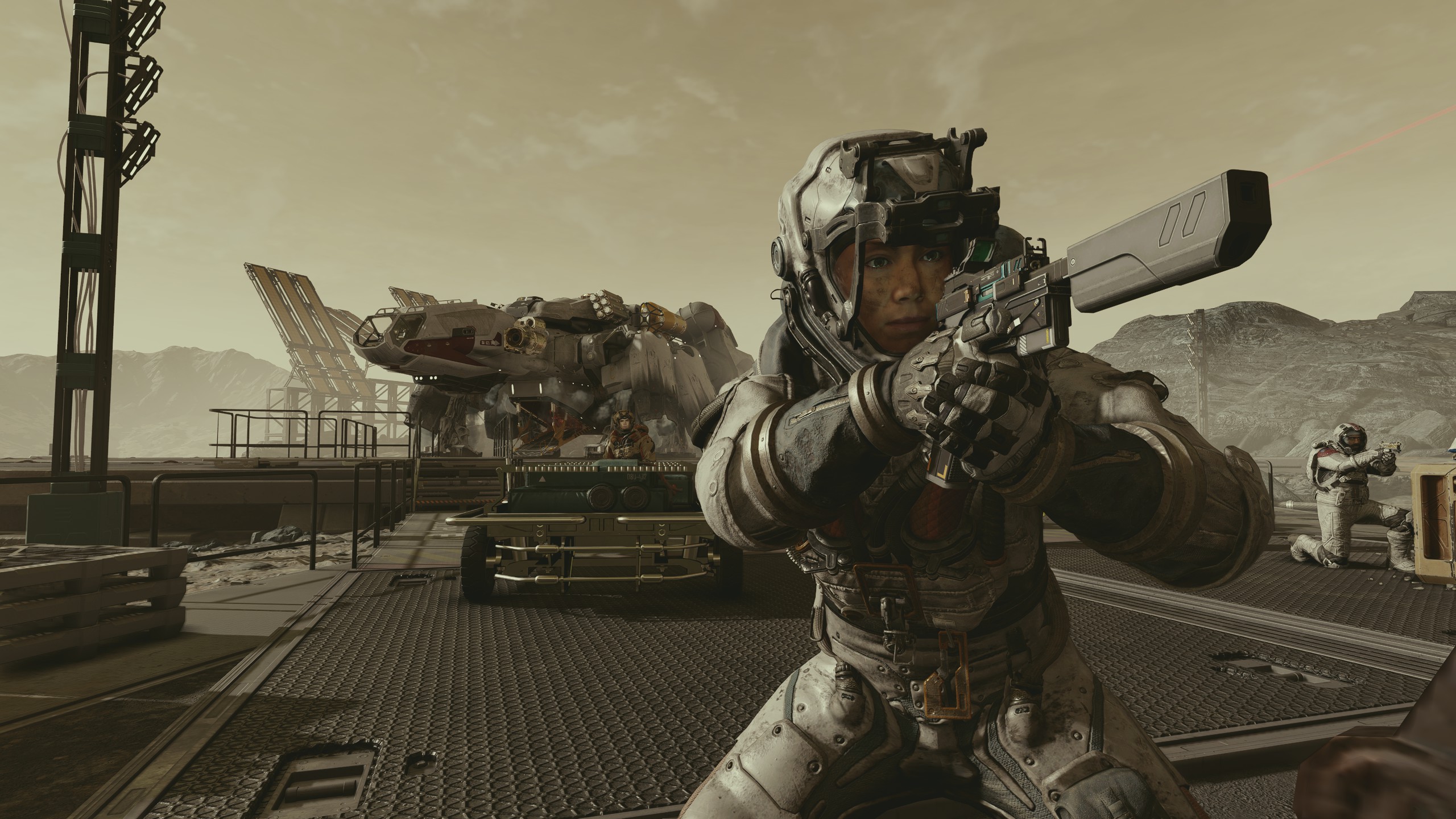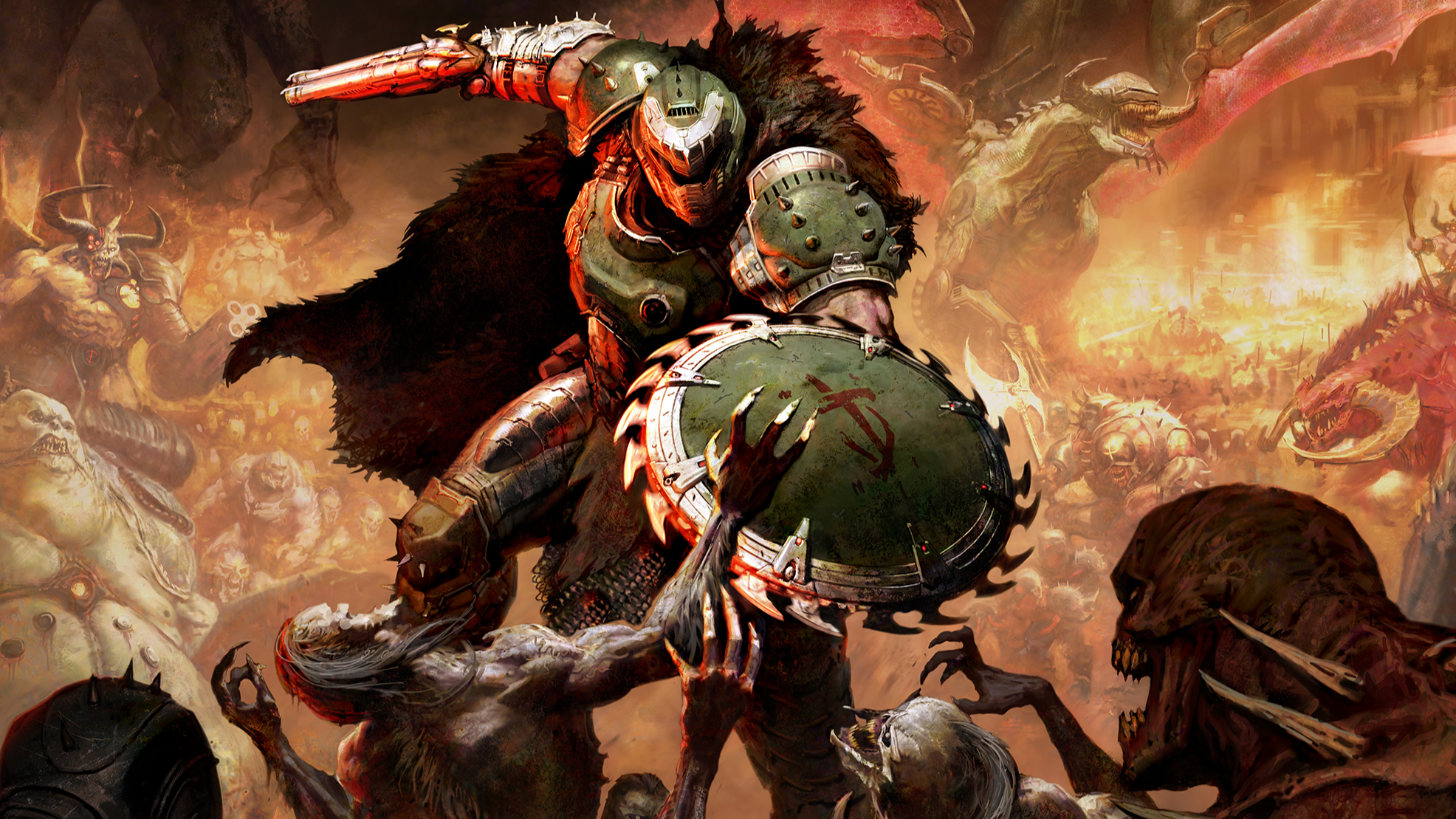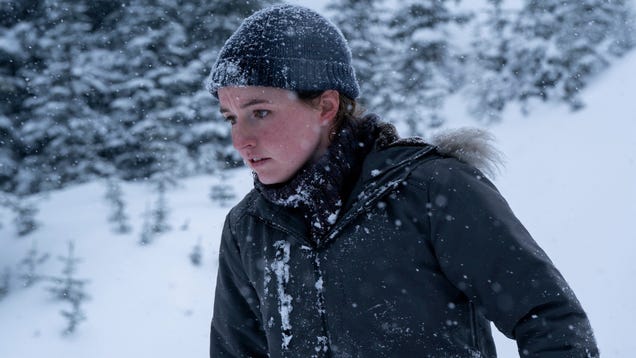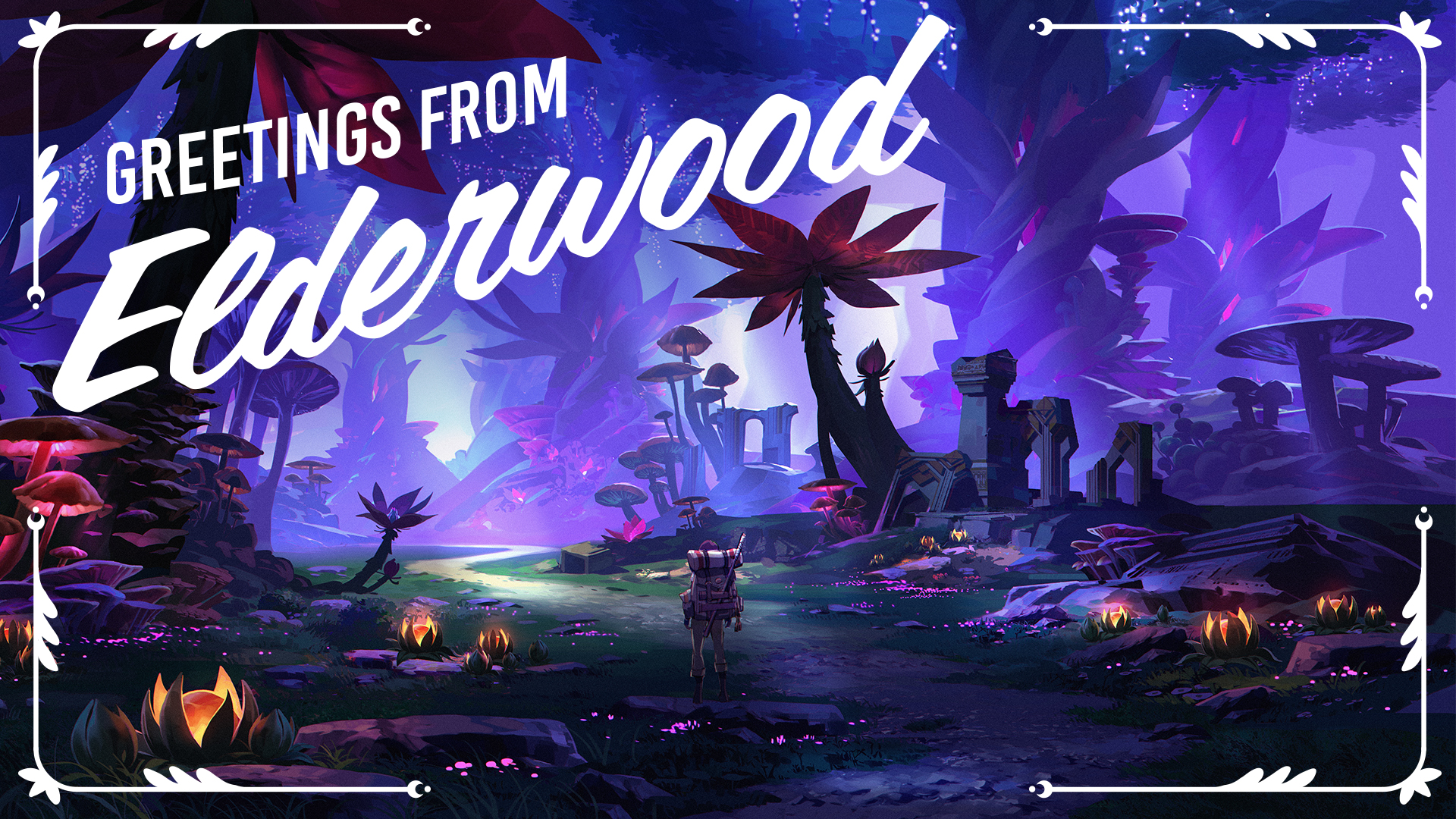
Putting each Bethesda Game Studios intro in its place.
As a developer, Bethesda Game Studios has become synonymous with a certain kind of RPG. We know what to expect: open worlds, faction quests, extremely familiar voice actors, jank. And, since Oblivion, we expect a prologue that includes a bit where you step out of a dark area into a well-lit area and see a world of opportunities and diversions placed in front of you like a cheese platter—only there’s a ruin you might want to explore and a settlement full of sidequests instead of some brie and a sharp cheddar.
Attempts to repeat this in subsequent Bethesda RPGs haven’t always worked as well, but it’s definitely become a thing. Which is why it’s time to consider all those things together and rank them from worst to best, like parents do when they think their kids aren’t paying attention.
Because Bethesda Game Studios was founded in 2001 when Bethesda Softworks rebranded itself as a publisher, this list only covers games from that point onward. That means nothing earlier than Morrowind, which is a good thing for Daggerfall, because that starter dungeon with monsters who could only be harmed by enchanted weapons and grizzly bears that appeared when you dared to have a rest can go and do one.
Non-RPGs by Bethesda Game Studios aren’t on the list either, so apologies if you really wanted to see how the tutorial of IHRA Professional Drag Racing 2005 measured up compared to Starfield. Now, on with the list.
Fallout 4
I guess Bethesda listened to all the moaning gamer pissbabies who complained the opening of Fallout 3 was too long, because Fallout 4’s prologue is such a rush it’s playing YYZ. You go from filling out a Vault entry form to racing through a panicked street into said Vault, conveniently placed two houses down from you, so fast it feels like it must be setting up some kind of twist. Did the Vault-Tec rep who shows up to your door know what was about to happen? No, it turns out, he was just trying to get you to sign up so he could fill his quota to win a set of steak knives.
Rather than being able to choose what kind of Vault dweller you’ll be, you’re stuck as either a father who used to be a soldier, or a mother who used to be a lawyer. And your motivation for leaving the Vault will always be the wombo combo of avenging your dead partner and rescuing your kidnapped son. It’s a recipe guaranteed to leave you sprinting out of the prologue with a character whose participation in an open world full of settlement-building and faction-choosing distractions will make no sense at all.
Skyrim
(Image credit: Bethesda)
There’s a reason alternate starts are essential Skyrim mods. Few of us want to do the drawn-out ride to Helgen on a prison wagon a second time. And while the dragon attack that prevents your execution sure is dramatic, the way you’re quickly pushed into choosing between offers of help from A) one of the friendly Stormcloaks who was arrested alongside you, or B) one of the Imperial soldiers who was about to watch you be executed then do a little cheer about it, is infuriating.
It’s not infuriating because the choice is so obvious, but because you know Skyrim would only offer you a choice that seemed so obvious if it was going to eventually pull some both-sides nonsense about how the Stormcloaks are actually bad too, have you considered that, hmmm? Which it does by showing that some of them are racist, as if to suggest they’re no better than the Imperials who, lest we forget, have sided with Nazi elves. What a load of galaxy-brain nonsense. Down with the Imperials and down with Skyrim’s prologue; up with Alternate Start – Live Another Life.
Fallout 76
(Image credit: Bethesda)
Bethesda’s Fallout games are at their least interesting when they expect you to be excited about the history of the USA, whether it’s sending you off to find the Declaration of Independence in Fallout 3 or literally anything to do with the bloody Minutemen in Fallout 4.
When Fallout 76 pulls back from Ron Perlman repeating his “War never changes” bit to reveal he’s a politician giving a speech about how this new Vault is named for the nation’s beginning in 1776 it’s presented as if this is an interesting twist. It’s not, but it is a taste of the dryly educational tone you’ll experience wandering through Vault 76 in the aftermath of the Reclamation Day party, stopping at kiosks to have systems explained to you rather than experiencing them through play. Fallout 76 does get better after that, but it’s not a promising start.
Starfield
(Image credit: Bethesda)
Starfield’s prologue is a weird one. There’s nothing as exciting as a prison or Vault to escape from, and instead the limited underground area you learn to WASD in is just the mine where you happen to work. When you touch a mysterious artifact and kick off the storyline it threatens to get interesting, if a bit too reminiscent of Mass Effect’s monolith moment, then just… doesn’t?
As you step out of the mine the same “bright white light” effect from Fallout 3 happens, only instead of catching your first glimpse of the Capital Wasteland you’re stepping out onto a boring loading dock. Instead of anything to do with the alien artifact you’ve just bonded with, your first opponents are some random pirates.
It’s a sequence of unconnected events that speaks to a lack of identity. While it’s nice of Starfield to hand over your first spaceship and robot sidekick so early, the whole sequence feels odd and disjointed, which is Starfield all over.
Morrowind
(Image credit: Bethesda)
Morrowind may begin with a cutscene where a goddess tells you you’re special, but it immediately follows that with character creation that takes the form of, well, a series of forms. Filling them out on behalf of the Imperial immigration department makes you feel ordinary, which is appropriate because Morrowind starts out as a disempower fantasy about a slowpoke who can barely hit a kwama.
Make it through the excise office and you find the starter town of Seyda Neen, a coastal village where you see your first silt strider—a giant flea whose exposed nervous system lets it be steered across the land like a kind of insect bus. In the bar above the tradehouse you’ll be hired to spy on a local and in the nearby countryside you’ll stumble across a dead tax collector whose murder you can solve, as well as baby’s first mini-dungeon and a wizard who experimented with jumping spells before perfecting the landing spell. You can leave whenever you want, but it’s worth hanging around this area because it’s such a diverse showcase of varied quest types.
Oblivion
If you want someone who can lend dialogue like “The dawn of Akatosh’s bright glory may banish the coming darkness” so much gravitas that it sounds like Shakespeare, you hire Patrick Stewart. (His later line “A tongue shriller than all the music calls me” is a reference to Julius Caesar, which proves apt.) As the voice of Emperor Uriel Septim VII, he pushes you into Oblivion’s tutorial dungeon, then meets you again near its end to provide bookends of weighty load-bearing plot. When old mate Uriel is not around Oblivion’s prologue is a much more typical RPG experience, a cave and sewer full of rats and goblins, complete with a convenient falling-log trap you can trigger to deal with a couple of enemies.
Though Oblivion’s plot doesn’t live up to this promise, the intro does a fine job making you simultaneously feel like you’re central to something important, and a noob who can only be trusted to deal with monkey-screeching gobbos. Looking back, the moment where you finally leave the sewer is remarkably understated, free of the blinding light that would become de rigueur for Bethesda’s later games, though the sense of immediately having multiple interesting options for where to go and what to do next remains.
Fallout 3
(Image credit: Bethesda)
Fallout 3’s opening is the pinnacle of Bethesda prologues, and maybe of tutorials in general. So many games have NPCs trust you with dangerous missions from minute one when you’re still trying to figure out the controls. Fallout 3 hands you the controls as a literal toddler, and your first objective is to walk across the floor to your father’s outstretched arms.
From there it flashes forward, giving you a safe environment to learn the dialogue system and that peaceful solutions are possible as you navigate these treacherous waters of your 10th birthday party. Then your father gives you your present: a BB gun that provides the perfect excuse for a shooting tutorial. Again, it’s fine if your first attempts are clumsy. They’re your character’s first attempts as well.
The next jump takes you to a careers test on your 16th birthday. The kids from your party have grown up with you and dealing with Butch the bully has become a little more serious, but it’s still fine to goof it. You’re a teenager, you’re supposed to be bad at making decisions. By the end of the final jump you’ve got a job to do and a wasteland to explore, but along the way you’ve also got an unusually rounded player-character to inhabit. You’re not a blank slate Generic Hero Person of Ambiguous Gender, you’re a person with a home and a history you’ve helped to shape. It’s a shame that none of the Bethesda RPGs that followed learned from it, because they’ve yet to top Fallout 3’s prologue and it seems like they might never pull it off again.






